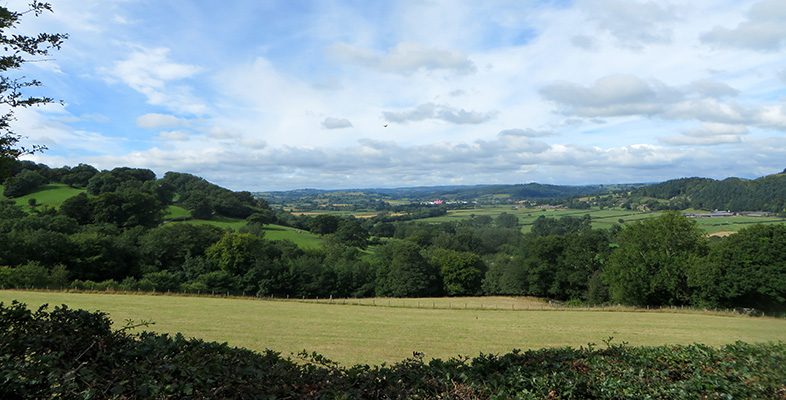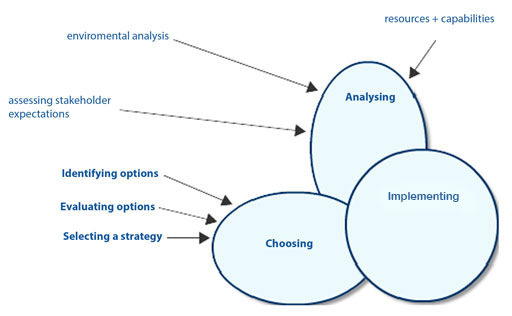2.9 Formulating strategy
You have now examined the external environment and looked more deeply into how the STEEP factors have an impact upon your local market and how you can expect to relate to your suppliers and customers with knowledge of substitute products and new entrants. You have also completed some analysis.
You now need to think about your longer term options and select the best way to work in order to meet your objectives. You have to determine your strategy and then implement it.
Many strategies are decided as the result of a thorough analysis, perhaps some research, and clear decision making. Many others emerge as a company grows or gets started. Neither route is wrong.
It is important to keep reviewing your strategy against results to check if it is working. Many things can change in the STEEP factors, which may give rise to the need to review the strategy, but it is important to give it time to work. Remember, a strategy is a long term plan – you cannot change it every week!
Developing and reviewing your strategy is an area where a mentor can be especially valuable. They can help you see the wood for the trees and ask the questions that can sometimes be hard to see when you are immersed in the day-to-day grind.
Task 13: Identifying your strategic options
- What options do you have that could deliver your objectives?
- List the pros and cons of each.
- What additional information do you require before you can decide?
You will need to use the outcome of this activity in your BPPR [Tip: hold Ctrl and click a link to open it in a new tab. (Hide tip)] .
Share your thoughts with other entrepreneurs in your local networks.
Discussion
Case study: Euan
Euan’s business idea is to establish a microbrewery on his family’s farm.
He sees his options as:
- obtain permission to convert the existing unused farm buildings into brewing sheds (this may require a planning application)
- invest in machinery for the barley and hops preparation and brewing processes
- invest time and money in training to learn the skills of brewing
- concentrate on the unique selling points to market the beer
- use farm resources to provide ingredients, such as winter barley
- consider retail outlets, the possibility of off- sales on the farm via a shop, and mail order sales
- explore options for food tourism via brewery tours on-site.
In this example, not all the options are mutually exclusive. Euan needs some detailed information to help him decide. He needs to gather information about the extent of his investment in terms of the time it will take to purchase machinery and establish the microbrewery.
In assessing which route to market to take, he will need to take into account the resource constraints at the farm and the existing expertise within his family. As farmers, he and his parents are used to running a business, but there will be some key differences between farming and brewing.
Euan may have to negotiate reallocation of space on the farm, but this is probably not a strategic driver. By carefully reviewing his results against his chosen strategy, he will see if there is a need for more space (i.e. he will not know the answers to these questions until his business has started operating). If his business objective was to supply winter barley to other brewers, then changing the use of fields from grazing to growing areas may be a strategic decision.
Keep these strategic options in mind as you work through the rest of the course. You will add more information to your analysis as you progress. This will help you decide which strategic option is the best fit for your new company.

